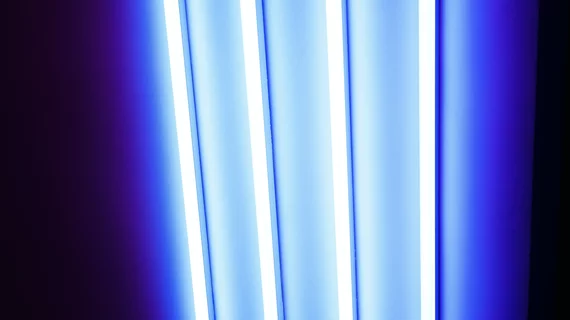Ultraviolet light form emerges as a sure yet safe COVID slayer
Researchers have found a particular wavelength of UV light that can kill COVID-19 without harming people’s skin or eyes.
The work was conducted at the University of Colorado Boulder and is described in a study published in Applied and Environmental Microbiology.
Trying various forms of UV light, environmental engineer Karl Linden, PhD, and colleagues found all worked at inactivating SARS-CoV-2. That includes sunlight.
However, the form that proved the surest COVID zapper in the new research was one known to be safe to humans.
“Interestingly, [this particular source of] irradiation has been found to be safe for human exposure up to thresholds that are beyond effective for inactivating viruses,” Linden and co-authors write. “Therefore, applying UV light from [commercially available] krypton chloride excimer [lamps] in public spaces can effectively help reduce viral aerosol or surface transmissions.”
In the university’s news coverage of the development, Linden says the finding “can be a game changer for the public use of UV light in indoor spaces. … There is an opportunity here to save money and energy while protecting public health.”
More:
Of almost every pathogen we have ever studied, this [COVID] virus is one of the easiest, by far, to kill with UV light. It takes a very low dose. This indicates that UV technology could be a really good solution for protecting public spaces.”

